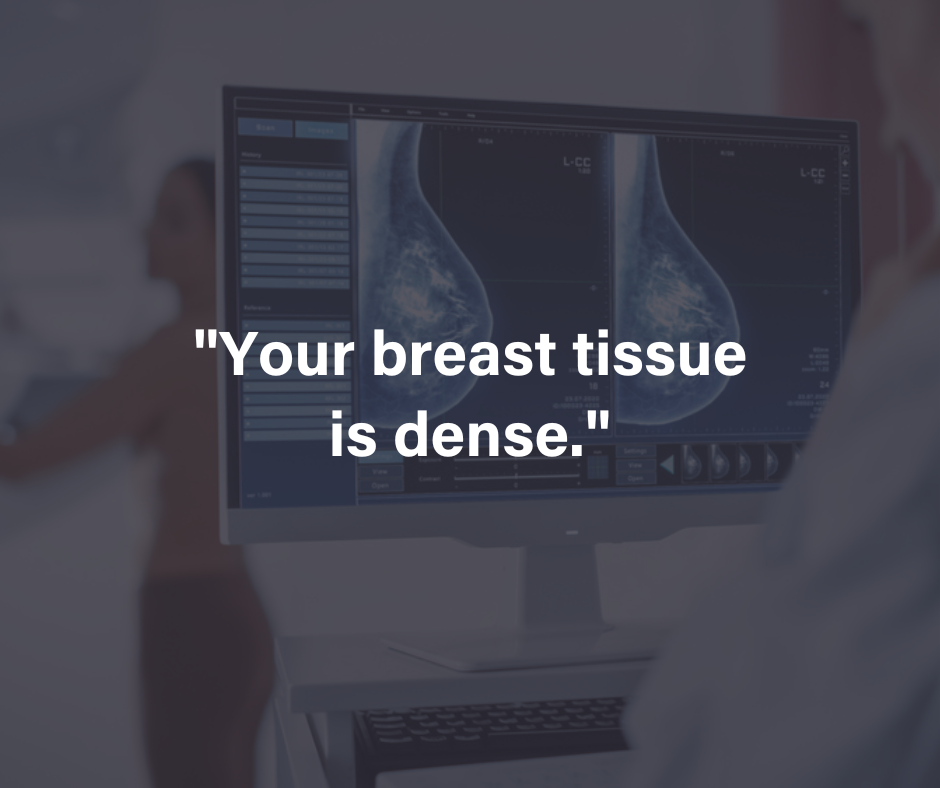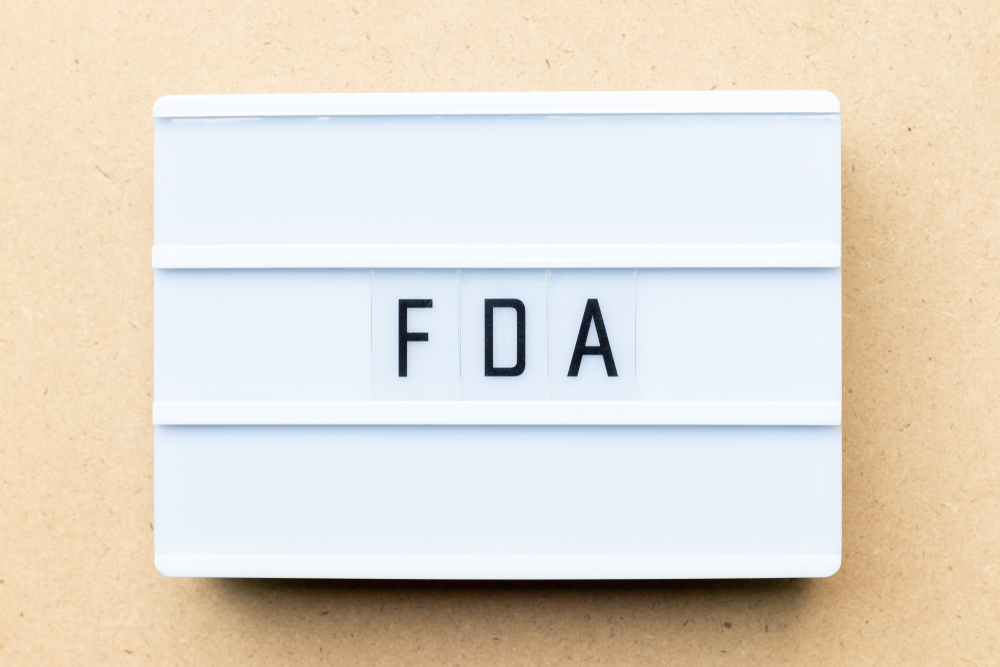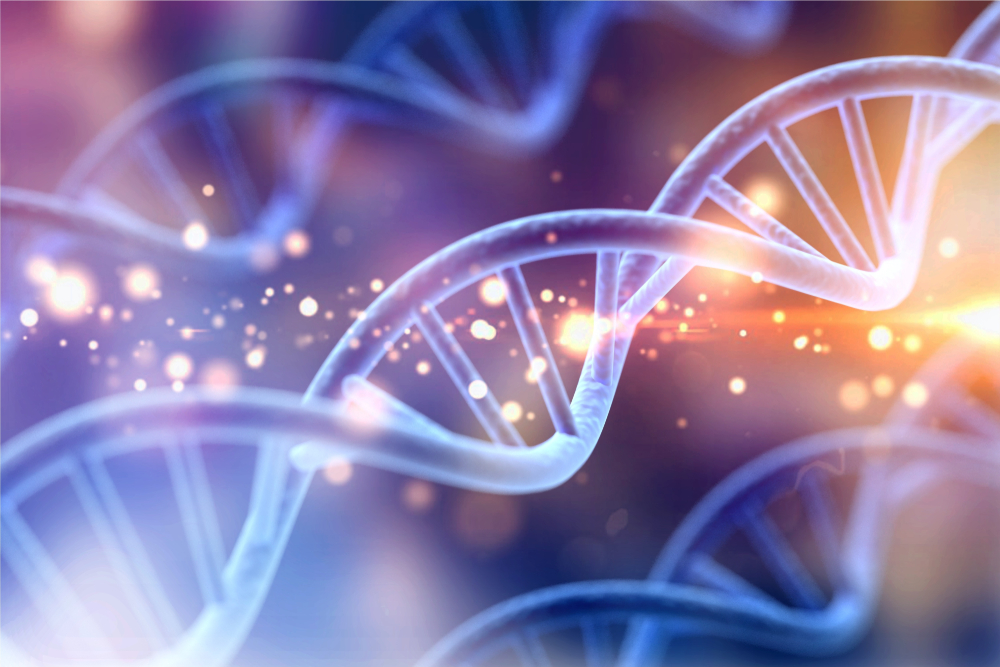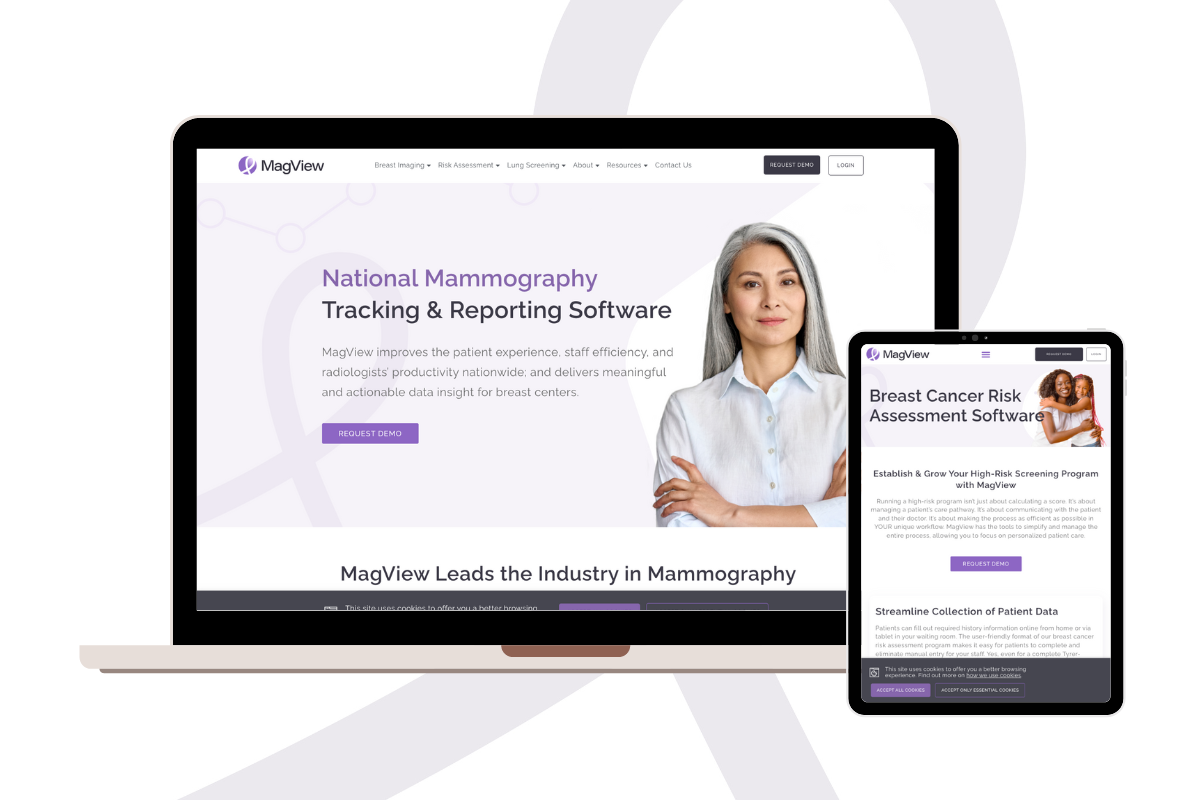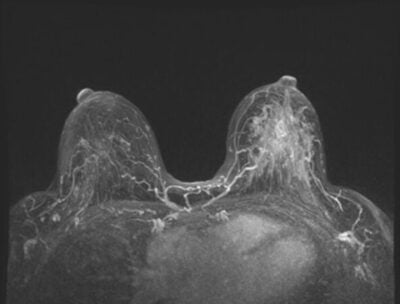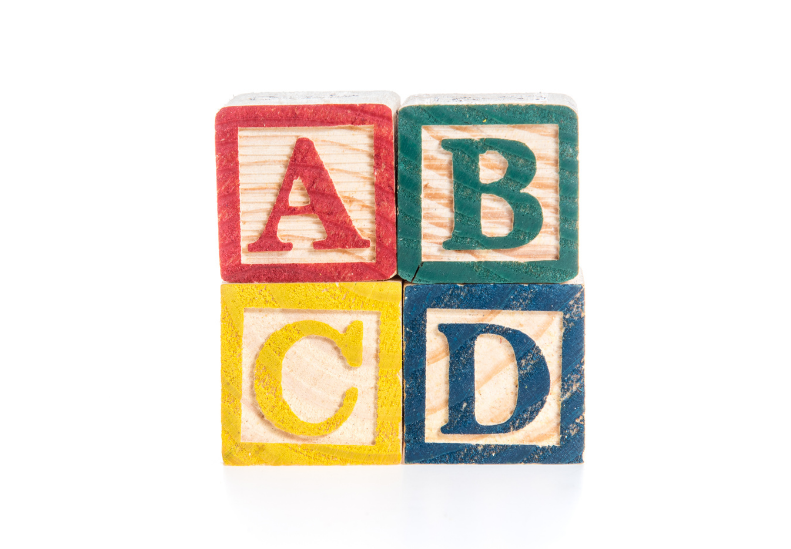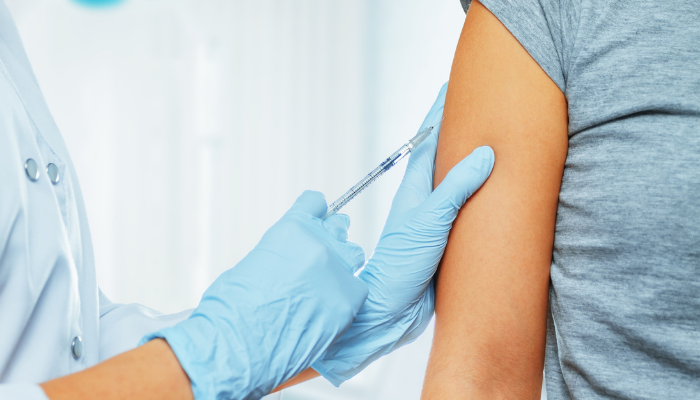If your recent mammogram indicated that you have dense breasts, an ultrasound could help provide better results about your breast health. Ultrasounds are great for detecting and diagnosing breast abnormalities. With technology development, breast cancer centers can conduct ultrasounds for breast imaging, share results, and monitor patients’ progress using Magview’s radiology Reporting Software for Breast Imaging. If you’re scheduled for a breast ultrasound, here’s everything you need to know.
What is Breast Ultrasound?
A breast ultrasound imaging test uses sound waves to check for tumors and other abnormalities. Breast ultrasound uses high-frequency sound waves to produce detailed images of the inside of your breasts. The ultrasound helps your healthcare provider find breast problems and how blood flows into your breasts. To do this, the radiologists will use a handheld device known as a transducer to create images of your breast.
Others may use an automated whole-breast ultrasound (AWBUS) or Automated Breast Ultrasound (ABUS). This type of ultrasound uses a larger transducer to create 3-D Ultrasound images of your whole breast. Unlike X-rays and CT scans, ultrasounds don’t use radiation and are considered safe for pregnant people.
When Would I Need a Breast Ultrasound
Your doctor may recommend an ultrasound if they find abnormalities in your mammogram or physical exam or if you have dense breasts.
You will need an ultrasound when:
- You’re pregnant and cannot take a mammogram because it uses radiation. This makes it safe for the fetus.
- Have very dense breast tissue, preventing a mammogram from seeing through the tissue
- Are younger than 25
Your doctor may recommend a breast ultrasound for the above and other reasons, including a lump on your breasts, a tender or painful area in your breast, an unusual discharge from your nipple or a change in texture or appearance of your nipple. It also helps determine the location of a lump or tumor.
Breast Ultrasound and Dense Breasts
If you have dense breasts, you may need an ultrasound in addition to a mammogram. Having dense breasts means it can be challenging to detect breast cancer on a mammogram. This is because dense breasts appear very white on a mammogram and so does a cancer, making it difficult to see a cancer if it exists. That’s why you may be required to do an ultrasound in addition to a mammogram if your doctor finds you have dense breasts.
How to Prepare for a breast ultrasound
Here’s what you need to do to prepare for your breast ultrasound.
- Avoid wearing jewelry during the ultrasound
- Avoid using lotions, powders, and other items on your breasts before ultrasound as they may interfere with the accuracy of the test.
- Instead of a dress, wear a top that you can easily remove and something else below so you don’t have to remove everything.
During the Ultrasoun
You will remove your top and lie on a table during your ultrasound. The sonographer will apply a clear gel that helps the ultrasound waves to travel through your skin. They will then move the transducer over your breast until it is done.
If you have any concerns about your risk for breast cancer, feel free to use our risk assessment resources and start taking steps toward breast health.

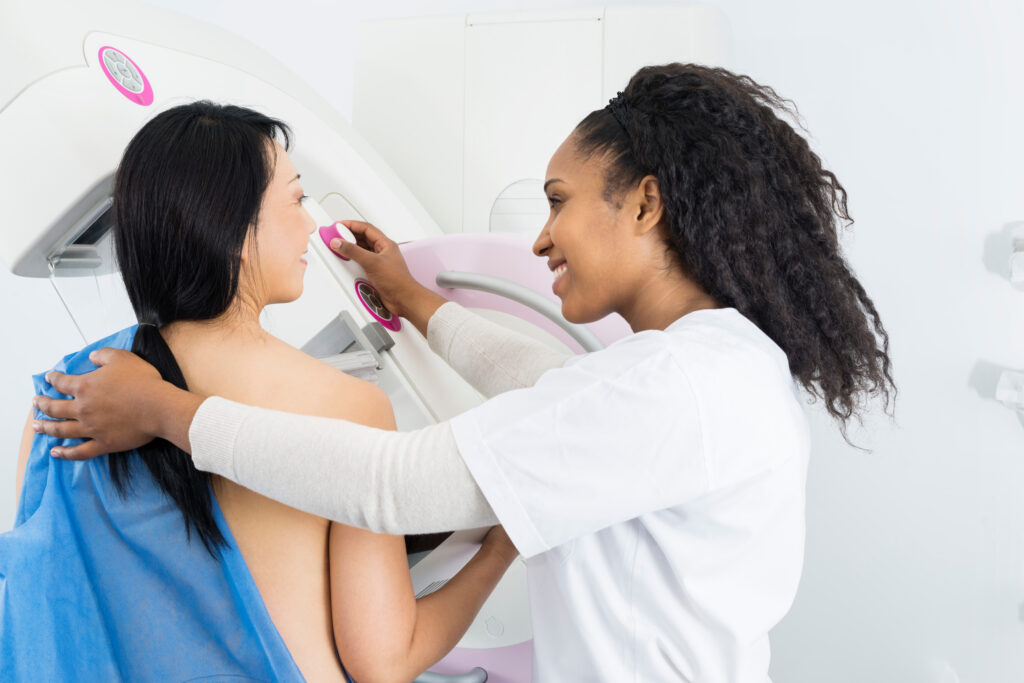

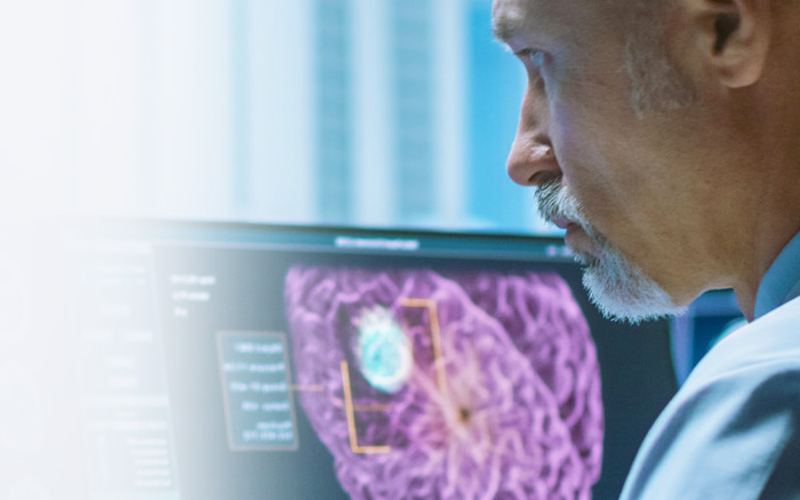


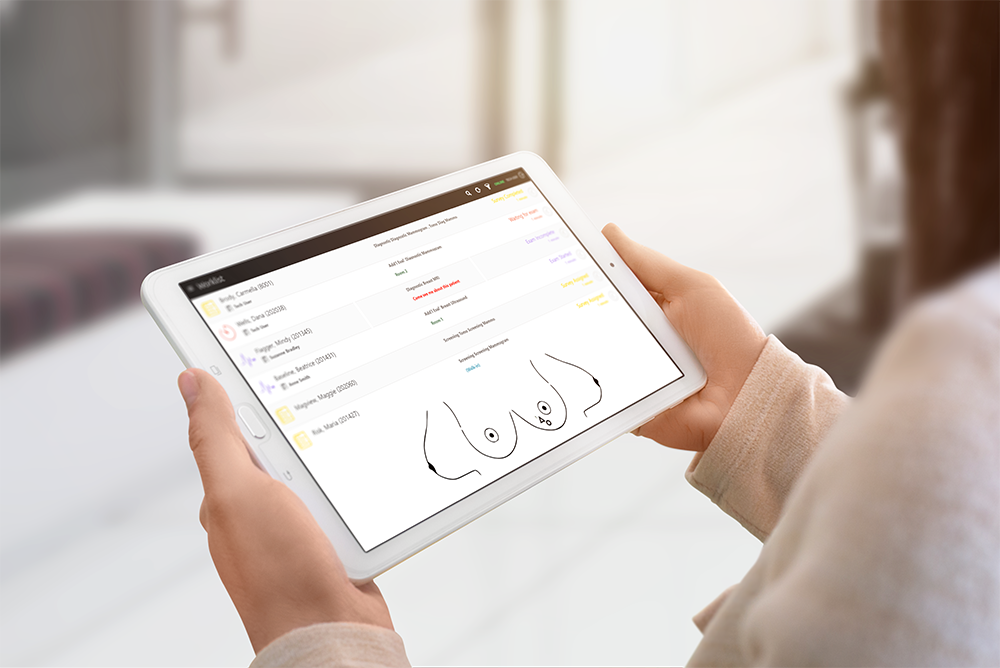

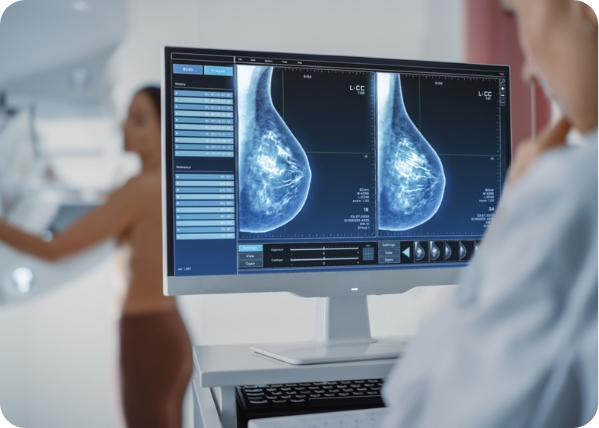

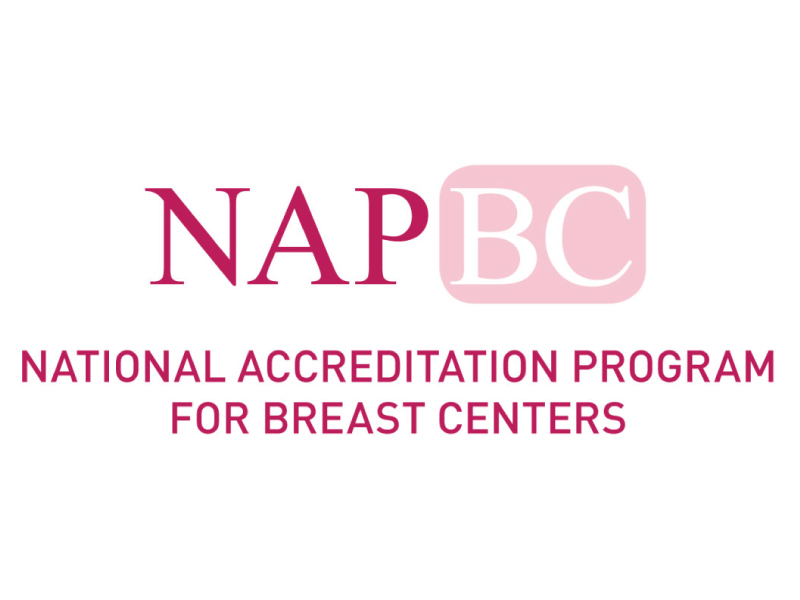
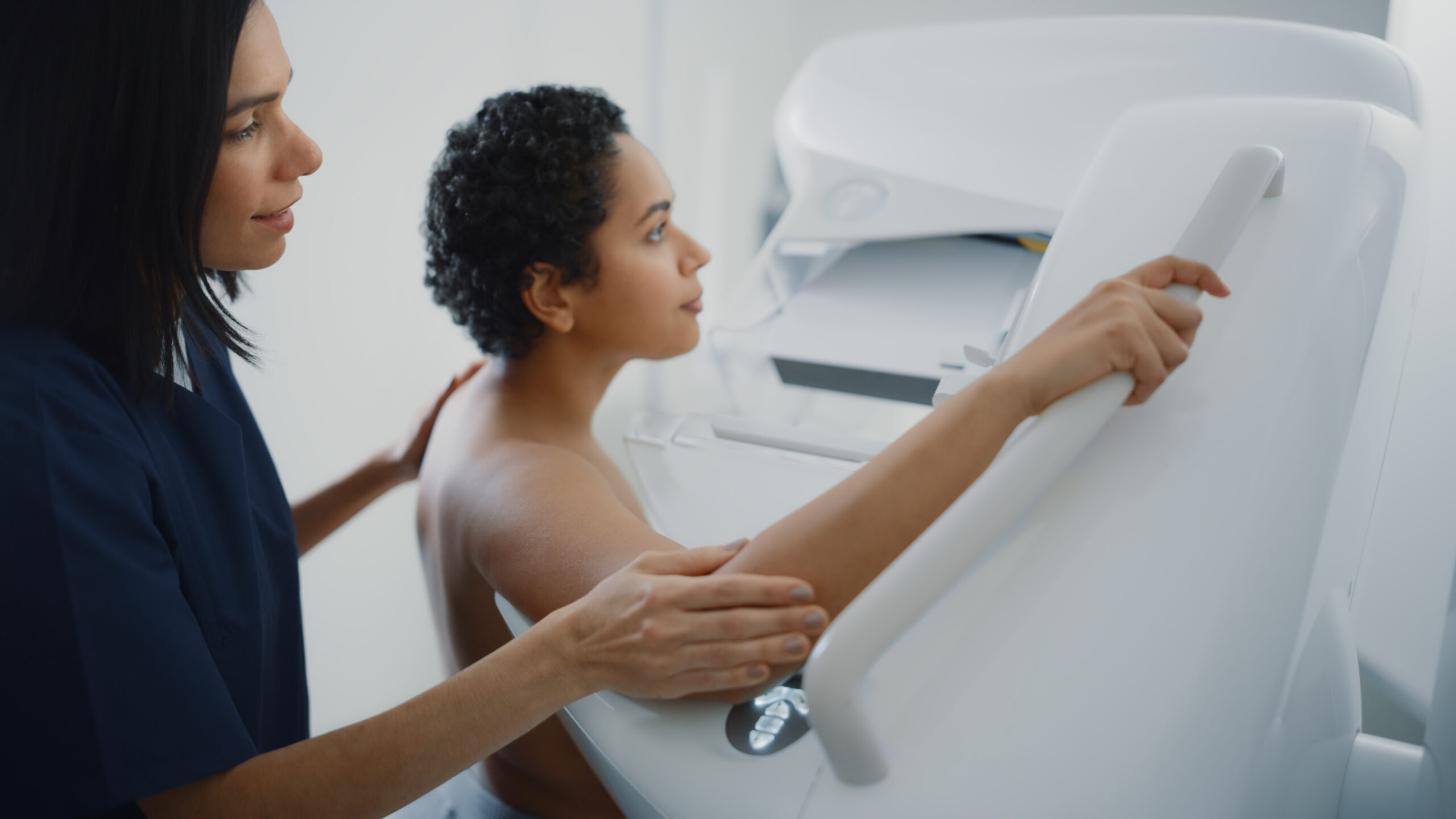
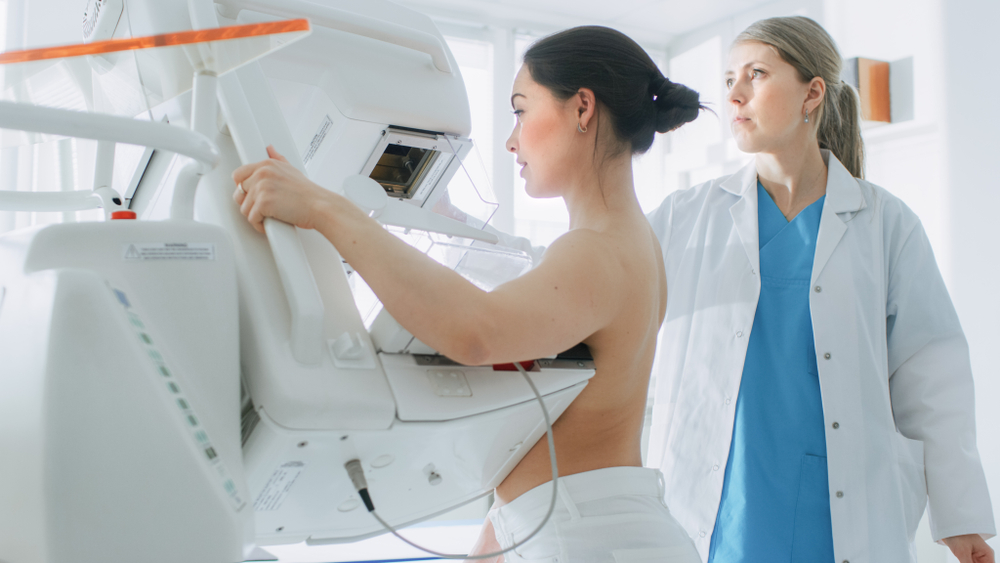
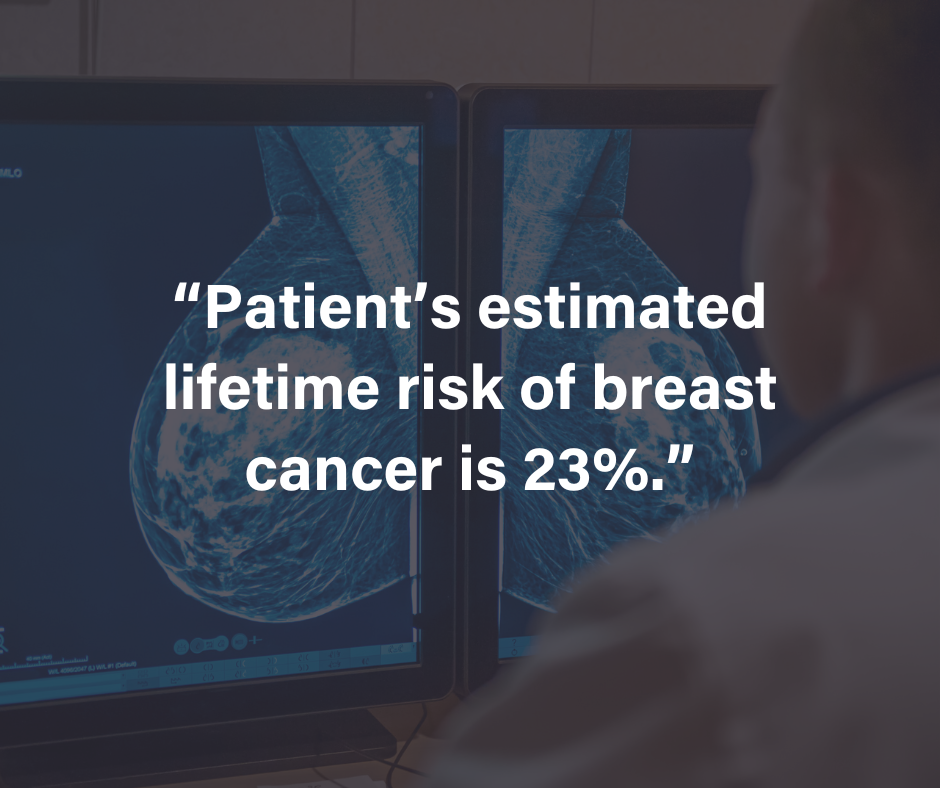
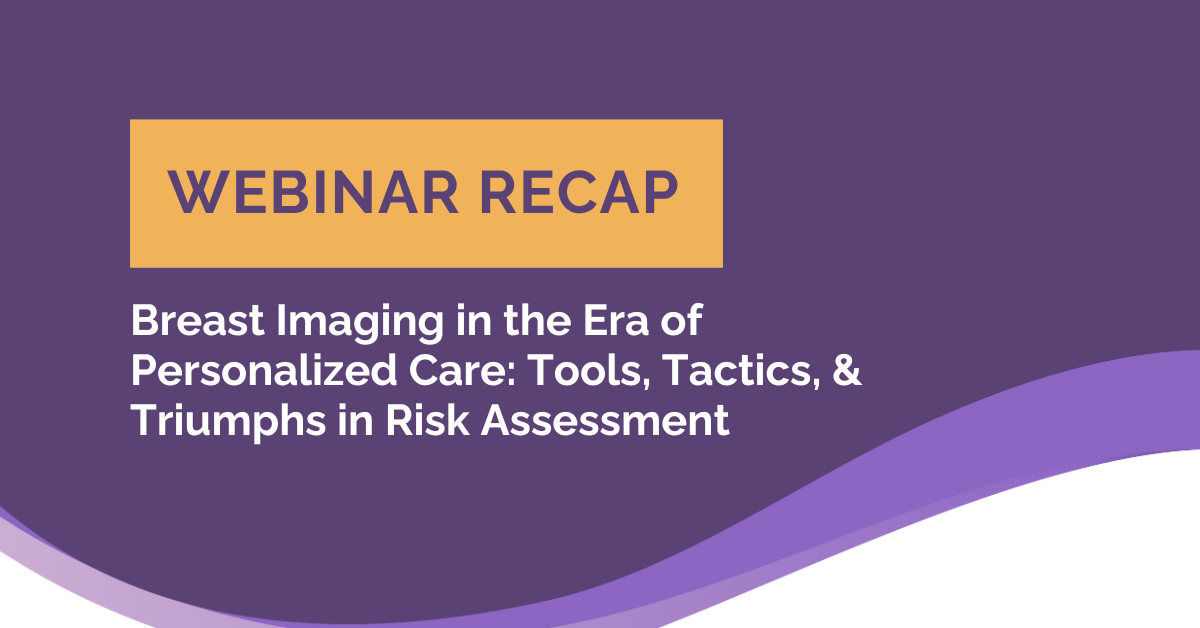
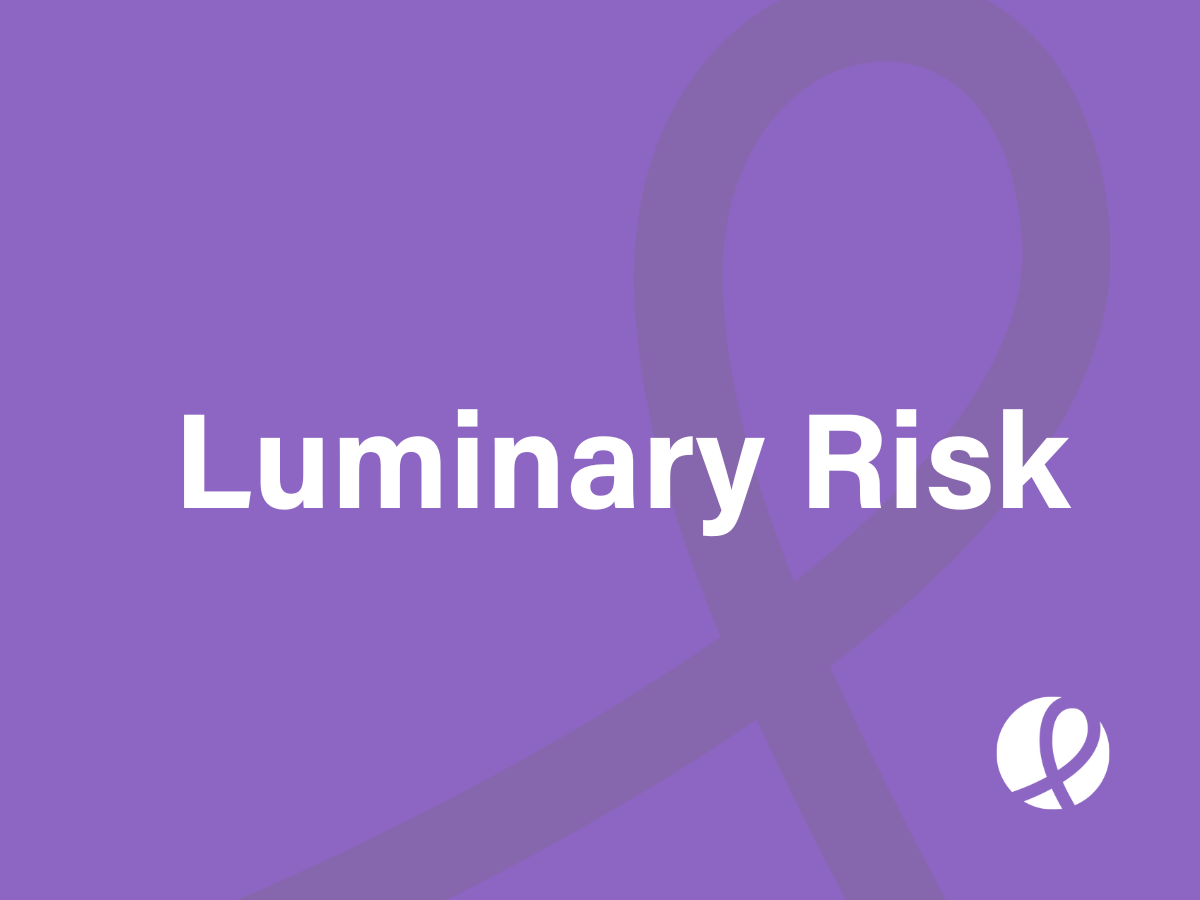



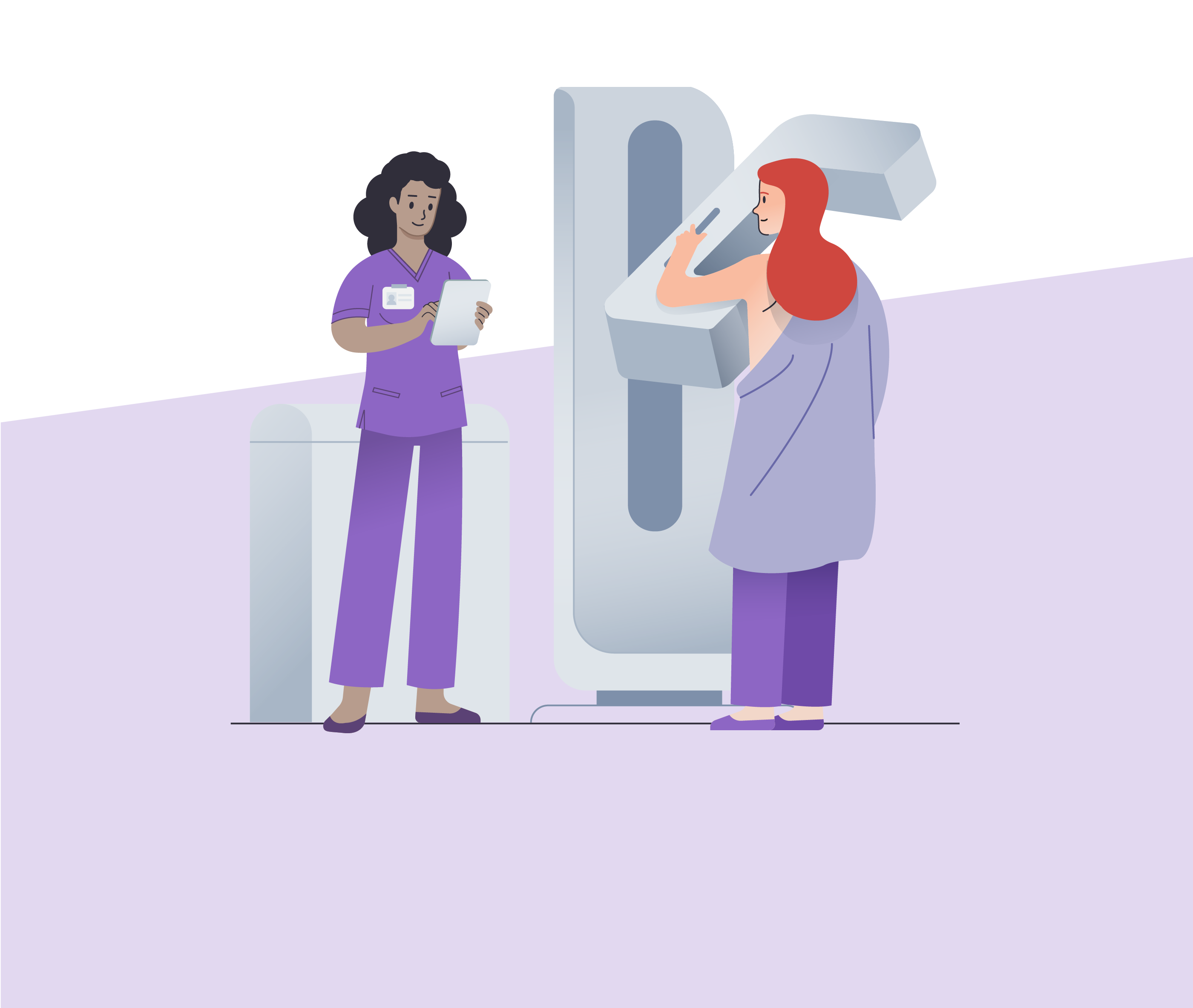

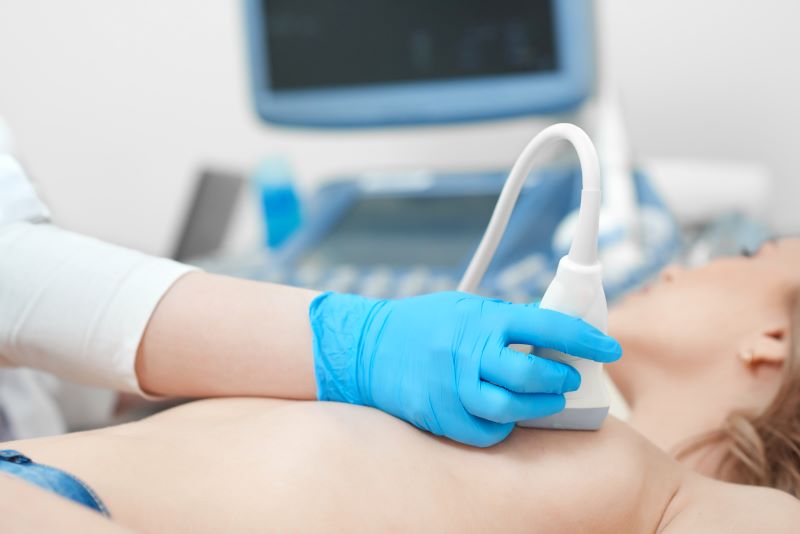
![monitoring breast density shutterstock_1299510538-[Converted]](https://magview.com/wp-content/uploads/2023/05/shutterstock_1299510538-Converted.jpg)

